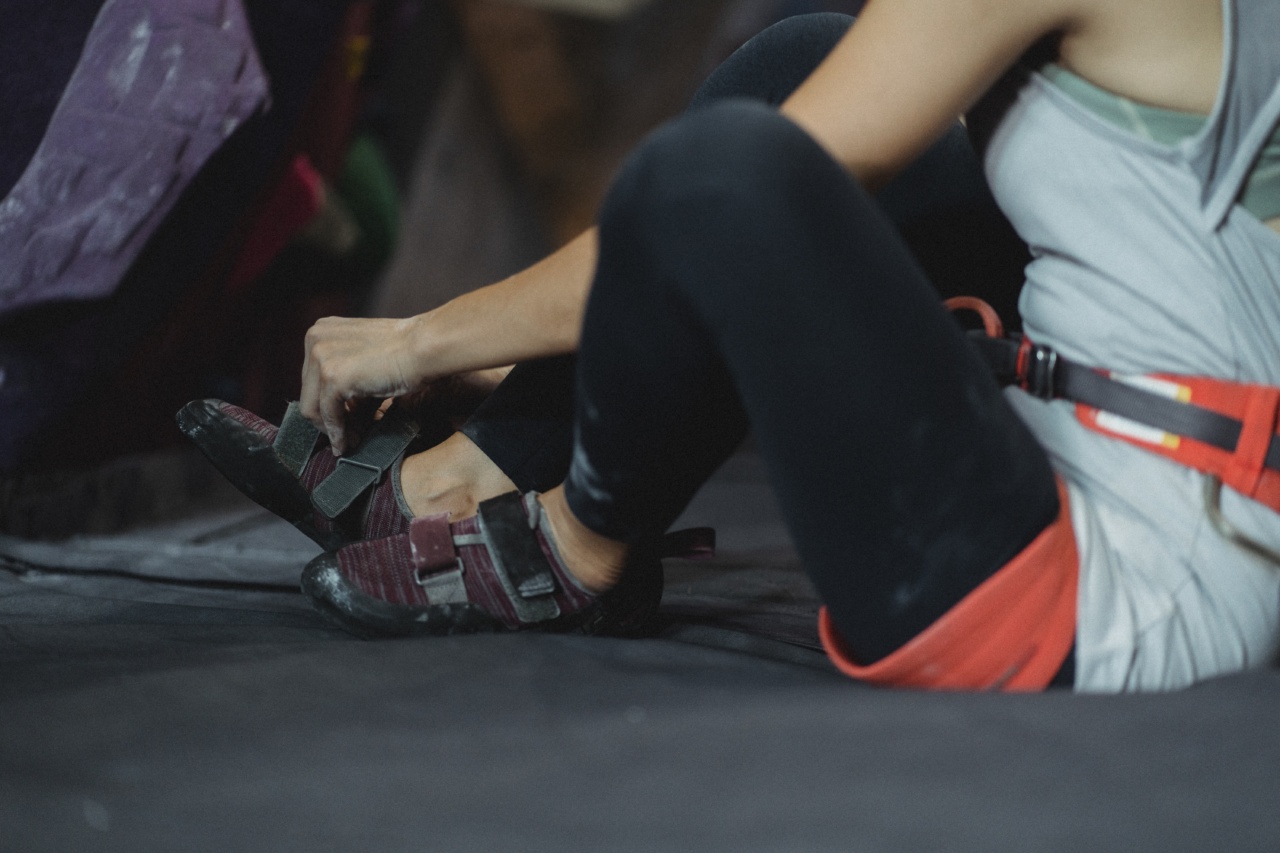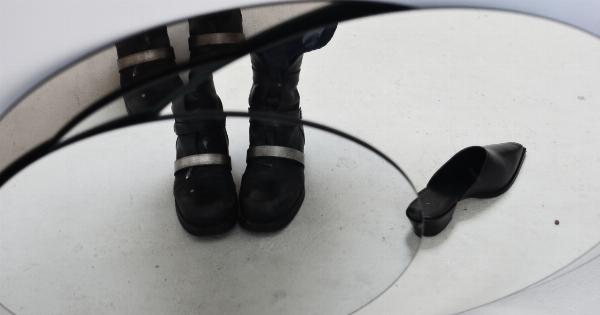Sneakers are a staple of modern fashion, but they are also an important part of our day-to-day life. Many people wear sneakers for running, walking, or even just everyday activities. However, not all sneakers are created equal.
Some sneakers can be unstable and put you at risk of injury.
What Are Unstable Sneakers?
Unstable sneakers are sneakers that do not have a stable base. This can be due to a number of reasons, such as a poorly constructed sole or an improper fit.
When you wear unstable sneakers, your feet are not properly supported and your balance is compromised.
The Risks of Wearing Unstable Sneakers
Wearing unstable sneakers can put you at risk of a number of different injuries. For example, ankle sprains are a common injury that can occur when wearing unstable sneakers.
Ankle sprains can be incredibly painful and can cause long-term damage if not properly treated.
In addition to ankle sprains, wearing unstable sneakers can also increase your risk of knee and hip injuries.
This is because your body compensates for the lack of stability in your shoes by shifting its weight and posture, which can put extra strain on your joints.
How to Identify Unstable Sneakers
There are a few different ways to identify unstable sneakers. One way is to look at the construction of the sole. A stable sole should have a firm grip on the ground and be able to withstand pressure without collapsing.
If the sole is too soft or too flexible, it may not provide enough support to keep you stable.
Another way to identify unstable sneakers is to look at the fit. Your sneakers should fit snugly, but not be too tight. If your shoes are too loose, your feet may slide around inside your shoes, which can cause instability.
If your shoes are too tight, they can cut off circulation and cause pain.
How to Choose Stable Sneakers
If you want to avoid the risks associated with wearing unstable sneakers, it is important to choose sneakers that are stable and supportive. When shopping for sneakers, look for shoes that have a firm sole and a snug fit.
You should also consider the type of activity you will be doing in the shoes. Running sneakers, for example, should have extra cushioning and support to absorb shock and prevent injury.
Another important factor to consider when choosing sneakers is the brand. Certain brands, such as Nike, Adidas, and Reebok, are known for their high-quality, supportive sneakers.
Do your research and read reviews before making a purchase to ensure you are getting a shoe that will provide proper support and stability.
When to Replace Old Sneakers
Even if you have a pair of stable sneakers, they will eventually wear out and lose their support. It is important to replace your sneakers regularly to avoid injury.
A good rule of thumb is to replace your sneakers every 300-500 miles or every 6-8 months, whichever comes first.
The Bottom Line
Sneakers are an important part of our lives, but it is important to choose ones that provide proper support and stability. Wearing unstable sneakers can put you at risk of injury, including ankle sprains, knee and hip injuries.
To avoid these risks, choose sneakers with a firm sole and snug fit, and replace old sneakers regularly.































